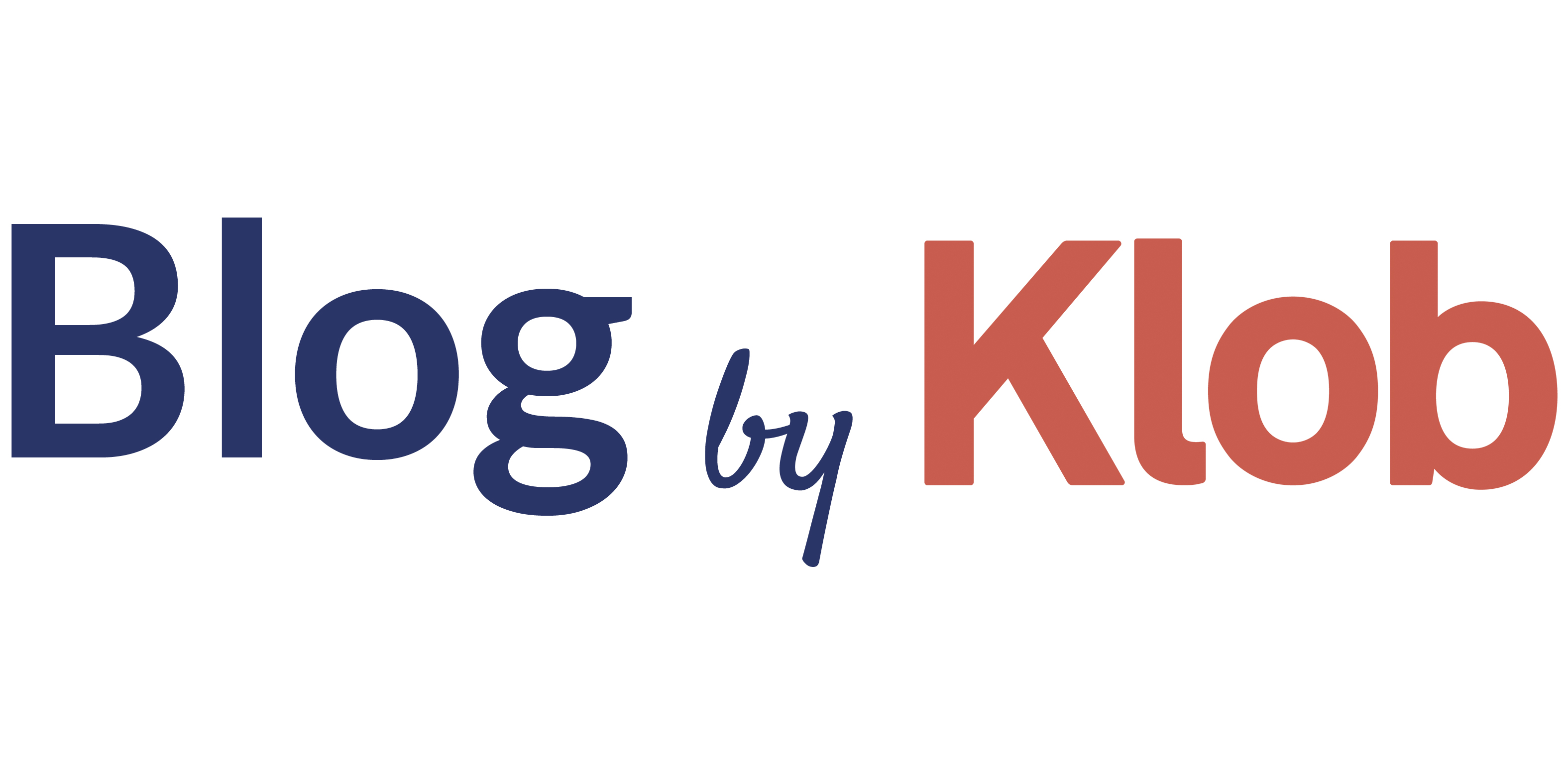
Through The Looking Glass: Talent Acquisition
Through The Looking Glass: Talent Acquisition’s State of Play
The pandemic of COVID-19 still has its repercussions in today’s HR, as talent acquisition might face one of its toughest challenges yet. As the pandemic washed over the world, companies and employees were faced with layoffs, turnover, rapid movement towards remote working, and topped it off with the so-called ‘great resignation’. Traditional talent acquisition practices are scrambling to keep up with those changes without a hint of when ‘normalcy’ will ever come back. As we take a look back, now we might see what shape the recruiting and hiring trend has become after those long and arduous paths in the near post pandemic era.
Despite the rocky path that talent acquisition has to traverse during the pandemic, reality shows that it still prevails. Globally, the numbers of unemployment have increased from 1.5 percent to 6.5 percent of the labor force by just the last two years (Nawrat, 2021). Add to that, McKinsey reported that more than 19 million U.S. workers are out of their jobs since April 2021 (De Smet et al., 2021). Although the numbers may show that ‘great resignation’ is real and currently happening, it doesn’t mean that all of talent acquisition – for example in Indonesia – is just going to stand idle. Unemployment rate in Indonesia by the third quarter of 2021 shows that there’s a drop from 7.07 percent to 6.49 percent and at the same time there’s also a hike of people employed from 2.6 million to 131.05 million (“Unemployment Rate”, 2022). The number of employed people mostly comes from the manufacturing industry, while there’s no denying that other industries may falter a bit at the time. But the numbers still suggest that organizations are vying to recruit people all the same. Now a question beckons upon how can talent acquisition keep up through this difficult time?
The answer is keeping up with change through adaptations of talent acquisition methods and approaches. Also as obvious as it may, technology plays a big part in it. The Society for Human Resource Management (SHRM) reported that apparently, companies have begun using virtual recruiting technologies (Maurer, 2021). LinkedIn, through its own survey also concludes that over 1,500 talent acquisition professionals are becoming more normalized with the hiring process that combines virtual and in-person processes considering that it helps hold down costs and saves time (Maurer, 2021). Now that a hybrid workplace is a thing, it may also mean that hybrid methods in conducting recruit and hire will probably stay too. This trend has also begun to build up in Indonesia, starting from big tech companies such as GoJek, Tokopedia, and Shopee to banks and e-commerce such as BCA, Unilever, and Nestle. They all have implemented virtual-based recruitment processes even to the first-line leaders level (Astari, 2021). So virtual-based recruitment is really becoming a more familiar phenomenon among talent acquisition professionals and applicants.
Technology-wise, adaptation doesn’t stop at just using a virtual-based recruitment process because there are also other means that come to rise besides it. The use of Artificial Intelligence (AI) and recruitment tools are quite becoming more prominent among professionals. One of the terms used as a recruitment tool is Applicant Tracking Systems (ATS). The said system is used as a screening tool to help effectively sort out documents and administrative processes. With the help of AI, an ATS can easily screen the best candidates’ resumes, organize prospects based on competency, and integrate with the company’s qualifications (Yulita, 2021). This type of technology certainly suits very well with the ongoing remote hiring trend. It’s a no- brainer as to why ATS provider sees this time as an opportunity to grow. The prospect of its sustained growth is projected to reach around USD 2 Billion by 2027 (Shkuropat, n.d.). Add to that, Asia Pacific countries seem to have the fastest growth rate for the ATS market in the region at 8.4 percent in the upcoming years (Shkuropat, n.d.).
The usage of newer approaches and tech seems to happen globally across many talent acquisition practitioners, which prompts that there’s so much to reap from the direction of these adaptations to changes. Of course, it’s basically more about efficiency in terms of time and cost when using virtual-based hiring. HireVue has proven it through their research that found 54 percent of professional respondents said the recruitment process has sped up, and 41 percent of them noted that it really helped them find better candidates effectively (Nawrat, 2021). As speed is becoming the essence, Nawrat (2021) also noted from the research that these professionals acknowledge the importance of personalized interactions instead of scheduling some interviews.
Even beyond efficiency, there’s something more than meets the eye. Virtual-based hiring opens the path to more Diversity, Equality, and Inclusion (DE&I) driven recruitments. Ryan Healy, a president and co-founder of a virtual hiring platform, said that in 2020 alone virtual-based hiring has helped organizations to improve diversity hiring and hire better talent because geographic barriers are no longer a problem (Maurer, 2021). The combination of geographical barriers being broken, ongoing remote working, and virtual-based hiring are the current situation, organizations found themselves expanding and diversifying candidate pools. In HireVue’s research there’s a finding that by using virtual-based hiring methods, around 36 percent of respondents noticed an increased attraction of more diverse candidates (Nawrat, 2021). This definitely quite some departure from when talent acquisition professionals relied on in-person hiring processes.
To some extent, it can be said that talent acquisition professionals have lessened their reliance on using pure affiliation to get candidates. Now with virtual-based hiring becoming prominent, it can be surmised that it’s easier for candidates to have more equal chances whether they are geographically close or far away from the office. This in turn can help open doors to any candidates that were previously overlooked. By recruiting a more diverse pool of candidates, organizations are said to be able to outperform other organizations with a less diverse workforce according to McKinsey’s research (Choudhury, 2021). A good DE&I in the talent acquisition process can also help organizations to set up modern employer branding. Today’s situation has shifted candidates’ mindset that it’s not just about monetary benefits but work-life balance, diversity, health, inclusion, and well-being are important as well. Dan Schawbel, a New York HR researcher and advisory firm, once said in 2021 that 70 percent of job seekers wanted to work for a company that has a commitment to diversity and inclusion (Maurer, 2021). These aspects are what nowadays candidates see as their ideal workplace culture. So companies who genuinely promote DE&I are the ones most appealing for candidates.
With so much to gain that seems coming out from using virtual-based hiring methods, it’s no wonder that organizations started to jump on the bandwagon, which in other words, a new playing field to compete for better talents has started. No geographic boundaries means more vast and easier access to the talent pool. But it’s not just a few organizations that see this as an opportunity. So, it’s a race for talent acquisition professionals to find the candidate they are looking for. Add to the fact that the candidates in the talent pool itself have evolving priorities before taking a job. Prudential’s study has shown that one in three workers would not want to work if the offer is on-site full time (Emmer, 2021). This situation has made talent acquisition more competitive in the foreseeable future. A study by XpertHR shows that 89 percent of employers agreed recruiting and hiring will be “somewhat” or “very” challenging in 2022. At the same time, 69 percent of those employers are expecting that the volume of the workforce will eventually keep growing by 2022 (“Epic Talent War”, 2021). In light of the consistent need for talent and yet in a more competitive environment, it has come to an understanding that job seekers may (for now) have the upper hand. Hence employers and talent acquisition professionals have to yet again adapt.
Knowing that the hiring environment is getting competitive, it is best for organizations to be ahead of the curve by implementing smart hiring strategies. Many thought that emphasizing on internal hiring could be the solution. Remember that Josh Bersin once said in his article that hiring is not the only way for organizations to grow (Kulkarni, 2021). It can only mean that upskilling and focusing on employee retention might be the solution. Mark Lobosco, vice president of talent solutions at LinkedIn, might agree to the notion because his data shows that employees stay 41 percent longer at companies which hire internally compared to those which don’t (Maurer, 2021). But then again in the longer term, organizations still need to acquire talents externally.

While some organizations may put into practice an inbound recruiting strategy, they might find things are getting difficult with candidates having evolving priorities. Rather than waiting for candidates to apply for the company, some others started to take a look back to the basics by using an outbound recruiting strategy. HireEZ, an artificial sourcing tech company, believes that staying passive in the currently challenging labor market would mean missing the opportunity. Its CEO, Steven Jiang, said that recruiters need to be more active instead (Nawrat, 2021). So a company like HireEZ has a mission to help make outbound hiring strategy easier for talent acquisition professionals. Add to the fact that according to a LinkedIn survey, up to 80 percent of candidates are passive job seekers and Indonesia’s candidates tend to be more approachable (Melder, 2019). So if the company is not prepared to do outbound recruiting to get to the candidates, the said company needs to do something spectacular to bring them in. Although zeitgeist-wise outbound hiring strategy could be a hit in this current situation, combining all hiring strategies available is still the most helpful way for a company to get what it needs to traverse a tight labor market.
As we take a look back, talent acquisition has taken a turn where professionals found themselves in a situation opposite to what is normally expected. Success in hiring means being able to adapt by leveraging HR technology to find accurate candidates in the labor market. Challenges such as the pandemic or the great resignation don’t entirely mean doom and gloom. Instead, it’s actually filled with new opportunities which are up for grabs for anyone who is bold enough. Even up until now, talent acquisition’s state of play will be ever-changing and evolving for the foreseeable future. (APA)
In Remembrance:
“The secret of my success is that we have gone to exceptional lengths to hire the best people in the world.”
– Steve Jobs
Read the last article by Daya Dimensi Indonesia here.




